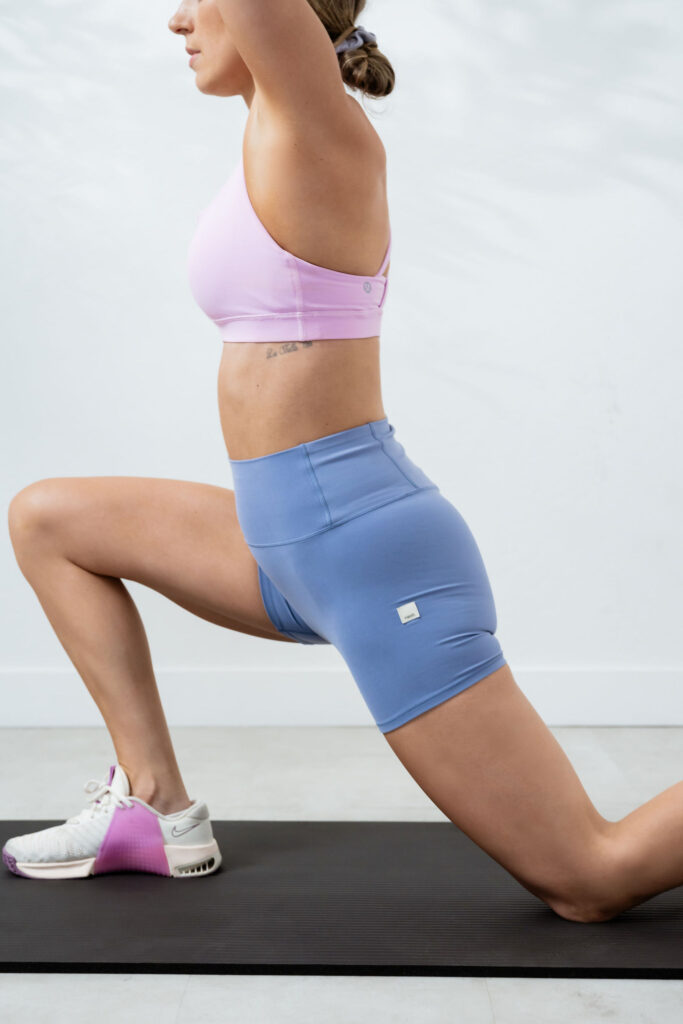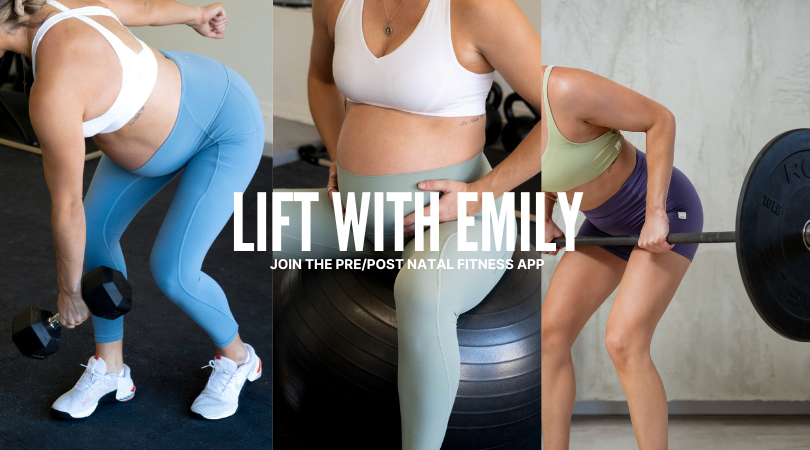
Knowing where to start after a cesarean section and how to move safely to benefit your healing can be incredibly daunting and confusing for so many women. Not only did you birth a baby, but you also underwent major abdominal surgery with no guidelines or instruction on how to recover or safely reintroduce movement.
A cesarean section (or c-section) accounts for about 1/3 of all births in the US. It’s a common procedure and used for many reasons, such as placenta previa, prolonged labor or complications during labor, fetal distress, breech babies, large babies, higher order multiples. a previous c-section where a VBAC is not advised or desired and other maternal or fetal complications.
For some, they may decide to have a c-section ahead of labor and is referred to as a planned c-section. The decision to have one during labor is often referred to as an emergency c-section. Although, in few cases is it a true emergency.
Recovery from a C-Section
As well as resting as much as possible, skin to skin and bonding with your newborn and establishing a feeding routine, your first 6-8 weeks can also include gentle movement to promote your recovery and support your daily activities in motherhood. The benchmark of the 6 week clearance from your doctor suggests that rest alone is enough for you to heal from 9/10 months of pregnancy and childbirth – and in this case – a major abdominal surgery.
Although rest is incredibly important, it’s equally as important to begin to incorporate gentle movement that helps with day to day activities in motherhood prior to your doctors clearance. Your body still needs to move during this period – picking up, carrying or wearing your baby, getting out of bed, off the floor, putting a car seat or stroller in/out the car etc. These simple tasks require both mobility and strength.
How A C-Section Affects Your Pelvic Health
A cesarean section is a major abdominal surgery, and therefore should be treated like every other – which often requires some form of rehab to return to exercise. Although a cesarean does not require the baby to pass through the vaginal canal the pelvic floor muscles sustain stress from carrying the weight of a growing baby during pregnancy. For some, they may also have actively pushed prior to their c-section.
Women can also experience pain, hypersensitivity, numbness and restriction of the tissue around the healing incision. The incision made to delivery your baby goes through several layers of tissue such as skin, muscle, fascia and your uterus. This in turn can lead to scar tissue forming which leads to decreased mobility of your abdominal wall as well as difficultly activating the abdominal muscles. These scar tissue adhesions can be significant enough that they cause a ‘shelf’ like appearance where the scar ‘puffs out’. This can be a source of both insecurity and pain.
For a cesarean recovery, including movements that lightly stretch your abdominals as well as get your ribcage and spine moving to prevent your incision healing in a shortened position and getting too tight will not only help with the appearance of your scar and how the tissues heal but also improve overall strength and function.
Exercises To Include In Your Recovery
Lower Trunk Rotations
This movement is an effective stretching exercise that specifically targets the muscles of the lower trunk and hips. It helps improve trunk stability while mobilizing the low back and hips and can apply a gentle stretch to the area of your incision. The goal behind this movement is to increase range of motion in the musculature surrounding the lumbar spine and can be a good choice if experiencing any low back pain or discomfort.
Leg Slides
Introduce foundational core and pelvic floor strength in a supported position while simultaneously adding length to the front of your body. The addition of pressing the pilates ball may help you feel the ‘mind muscle connection’ with your lower abdominals.
Quadruped Pelvic Tilts
Get your pelvis moving while gently mobilizing incision area and strengthening your abdominal muscles. Alongside this they address posture, low back pain and can improve pelvic floor tightness.
Seated Thoracic Rotation
We want our upper back and rib cage to move. Not only can a tight thoracic spine directly impact your core and pelvic floor. It can also help relieve discomfort from the repetitive feeding and carrying positions we do daily.
Scapula Squeezes
Introduce some upper body activation and strength to combat repetitive feeding positions. This basic movement can help address rounded shoulders, increase stability of pushing and pulling movements, as well as holding your baby, strengthen the muscles between the shoulder blade and enhance your thoracic mobility.
Standing Trunk Extension
As a result of the pain from surgery, it’s common to want to lie, sit, stand or walk in a bent position to almost guard or protect the incision. However, you want to try and be as upright as soon as possible so the scar tissue is not healing in a shortened position as this can lead to tightness and restriction in the area. Once comfortable, practicing some supported trunk extension can help gradually add length to the front side of your body.
Take the guesswork out of your postpartum recovery and bridge the gap from early postpartum rehab to strength and performance with my Return to Movement and Return to Strength programs.

I’m deeply passionate about helping women feel strong, informed, and confident through every stage of motherhood. You deserve more than just a list of do’s and don’ts or generic modifications. With years of hands-on coaching across all kinds of athletes and clients, I blend real-world experience with specialized pre and postnatal knowledge to create strength programs that go far beyond basic adjustments. This is high-level, accessible training - built for your body, your season, and your goals
EXPLORE MORE POSTS